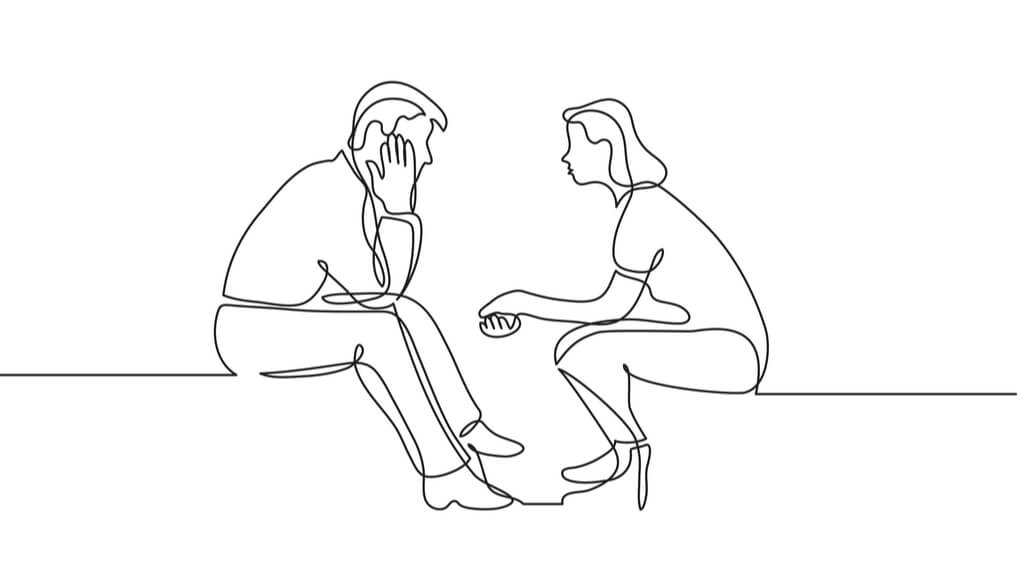Know Your Triggers: Ways To Control Being Reactive
Insights from psychology and neuroscience that can help us to manage emotional outbursts.

Emotional outbursts can be very damaging to our lives and careers. Throwing our toys out of the pram takes place in an instant but its impact can last a lifetime.
This post highlights some useful insights from psychology and neuroscience that can help us to manage our defences. Learning to handle our reactivity makes a real difference to our leadership, relationships and conversations.
When was the last time that someone really pressed your buttons? How do you deal with such high-energy moments? What is the best way to respond, particularly if we feel like snapping back or even reaching across and punching the other person?
These are questions that matter to all of us, whether we’re a corporate leader, a graduate trainee or a TV presenter with a household name. Our careers stand or fall to the degree that we are able to deal with getting triggered.
Awareness is curative
Recent research from neuroscience shows how specific threats in a social situation affect our ability to interact productively. Raising our awareness about what makes us want to attack or avoid another person helps our interactions to be more productive. As Tim Gallwey says in his 1974 classic The Inner Game of Tennis, “Awareness is curative.”
Threats in our social world, such as feeling that someone is dissing us, stimulate brain networks similar to threats to our primary survival needs (such as for food and water).
Once our limbic system (which houses our emotional reactions) is activated, it seeks to minimise the threat by avoiding a person or situation, or by attacking back. All this happens unconsciously, automatically and very quickly – in less than 1/5th of a second!
Our over-vigilant amygdala in our limbic system is easily triggered as it is more tuned to threats than rewards. Once our reactivity kicks in, our cognitive performance decreases as we have fewer resources available – less oxygen and less glucose – in our prefrontal cortex. When our thinking brain goes offline, the results can be devastating.
SCARF stressors
David Rock of the NeuroLeadership Institute has found that there are 5 key social threats that act as potential stressors. Using the acronym SCARF, these 5 trigger points concern threats to your:
- Status – e.g. having your budget or team cut.
- Competence - e.g. someone says to you, “Can I give you some feedback?”
- Autonomy – e.g. feeling micro-managed.
- Relatedness – e.g. being left out of a meeting.
- Fairness – e.g. the goalposts being moved.
When we raise our awareness of these threats, we are less at the mercy of our reactivity – and better able to deal with getting triggered.
The first of these flash points is when someone threatens our social status. Our defences come up more readily in a situation, such as a performance review conversation, when we might feel we’re on the backfoot.
Recognising these trigger points for what they are – threats to our social standing – helps us to manage how we deal with our “fight or flight” response kicking in.
When we find our heart racing, palms sweating and jaw going tight, we can take a deeper breath and remind ourselves that although our body is responding as if we were in a dangerous situation, there is no overt threat to our well-being or safety.
Six seconds
Re-engaging our “thinking brain” when it has been “hijacked” by our “emotional brain” (amygdala) is a key leadership skill.
To avoid having a shouting match or stony silence, Joshua Freedman in his 2007 book At the heart of leadership: How to get results with emotional intelligence shows how creating a “six second pause” is all we need to keep our cool and our conversation on track.
Taking a couple of deep breaths, counting to ten or getting a glass of water generates a “moment of choice”. This enables us to consciously choose what to do or say next.
Getting over an “emotional hijack” does not have to leave our career or a relationship in tatters. When we are conscious enough to create a short pause in a high-stakes moment, we are right on our growth edge. No matter how provocative or perturbing someone else’s comments or behaviours are, we can learn to manage our triggers.
Sarah Rozenthuler is author of How to Have Meaningful Conversations: 7 Strategies for Talking About What Matters, published by Watkins.
Thanks for signing up to Minutehack alerts.
Brilliant editorials heading your way soon.
Okay, Thanks!

